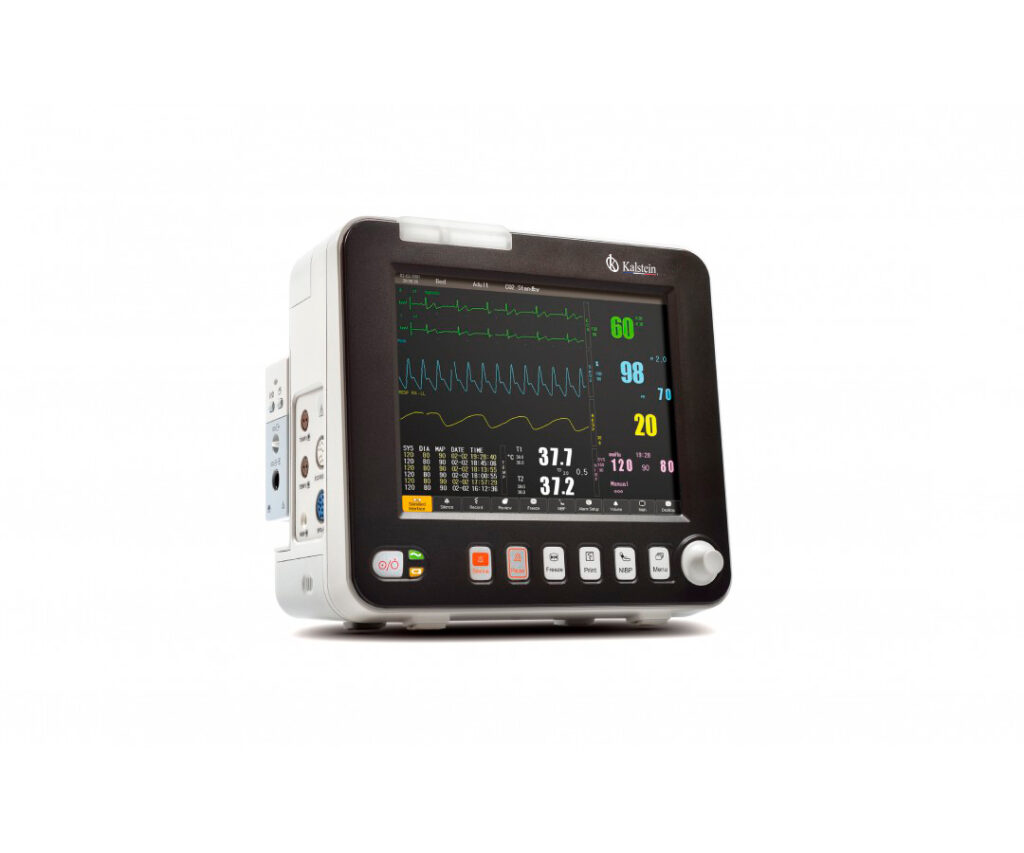The antiphospholipid syndrome (AS) was first described 27 years ago in patients with systemic lupus erythematosus (SLE) and presence of anticardiolipin antibodies, who had a coagulation syndrome that affected the arteries and veins. Women had a high risk of recurrent miscarriage and fetal loss.
Current international classification criteria are based on initial clinical observations. The syndrome is little recognized and underdiagnosed and if it does not receive treatment it can have serious consequences.
What is the antiphospholipid syndrome?
SA is a systemic autoimmune disease, characterized by arterial and venous thrombosis, pregnancy complication (for the mother and the fetus) and increased antiphospholipid antibody (AA) titer.
Who suffers?
AS appears mainly in young women of childbearing age; Children are rarely affected and only in 12% of patients it occurs after 50 years.
What are the antiphospholipid (AA) antibodies and how could they cause the symptoms?
AAs form a heterogeneous group of autoantibodies directed against plasma proteins and bind to phospholipids. Some antibodies of the antiphospholipid family have a paradoxical effect on coagulation: in vivo, they are associated with recurrent thrombosis but in vitro, they increase the coagulation time dependent on phospholipids, a phenomenon known as “lupus anticoagulant” activity. The analysis of the lupus anticoagulant is a functional test based on the combination of several coagulation tests. Two other antibodies, anticardiolipin and antiglucoprotein I β2, are useful for the diagnosis of AS, which are detected by ELISA.
Is there an additional trigger?
Most patients develop a thrombotic picture isolated in some body site, indicating that for the development of thrombosis a trigger or additional risk factor-a “second impact” -is being possible candidates for infection, endothelial damage and pregnancy.
What happens in pregnancy?
Initially, it was believed that the main cause of the adverse outcome of a pregnancy was thrombosis of the placental vessels. However, thrombosis and placental infarction are not specific to SA but occur in other diseases such as preeclampsia syndrome, not antiphospholipids.
How are patients with antiphospholipid syndrome present?
The clinical manifestations of AS are diverse and can affect the organic systems. Venous thrombosis, along with complications, is more common than arterial thrombosis. In a cohort of 1,000 patients, the first symptom was deep vein thrombosis in the leg (32%) and embolism (14%.) Other vessels are more frequently affected by thrombosis not related to AS, such as the renal arteries. hepatic and subclavian and, the retinal veins, the cerebral sinuses and the vena cava.
The most common arterial thrombotic symptoms are stroke and tris- sue ischemic attack (TIA), which constitute the initial manifestation in 13% and 7% of patients, respectively. Recurrent thrombotic symptoms with common. The vascular pattern of recurrent thrombosis is quite similar in venous thrombosis (70% venous recurrence) and arterial thrombosis (90% arterial recurrence).
Maternal and fetal effects during pregnancy
The obstetric criteria to define the SA are: the unexplained fetal loss before the 10th week of gestation; 3 or more consecutive fetal losses before the 10th week of gestation and, preeclampsia or placental insufficiency symptoms associated with premature delivery of morphologically normal babies, before the 34th week of gestation. Fetal loss is closely related to the presence of AA, in particular the lupus anticoagulant.
Early abortion is relatively common and has many causes, of which the most likely are chromosomal abnormalities. It is quite possible that observational studies on the association between HS and recurrent early abortion have many error factors, especially due to the inclusion of sporadic rather than recurrent abortions. Therefore, the international guidelines advise doing the AA screening only in women with more than 3 early abortions.
Women with AS have a higher incidence of severe pre-eclampsia, which frequently causes iatrogenic premature delivery due to termination of pregnancy due to maternal or fetal causes. Preeclampsia with severe thrombocytopenia may also raise suspicion of SA and is considered a warning sign.
In Kalstein we offer an excellent monitor of fetal activity very useful in obstetric consultations. That’s why we invite you to take a look at HERE

